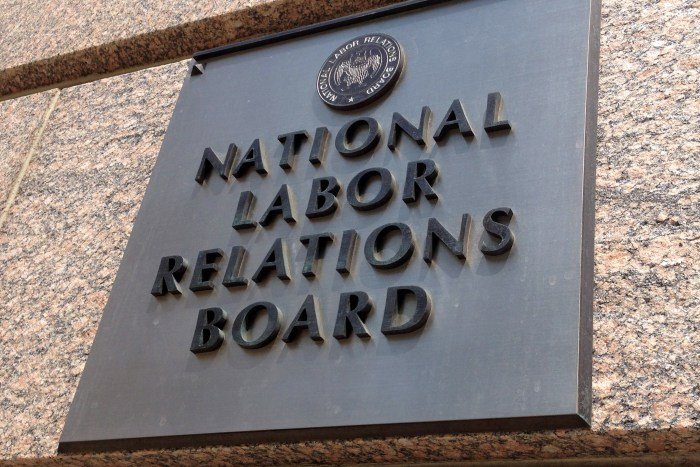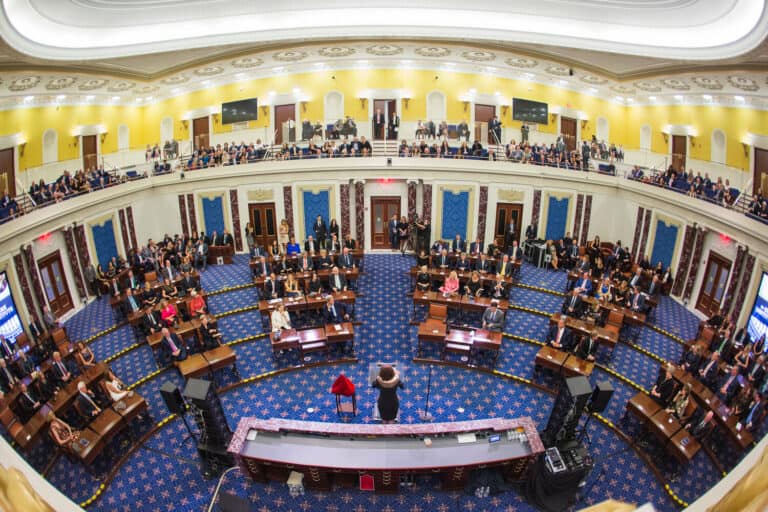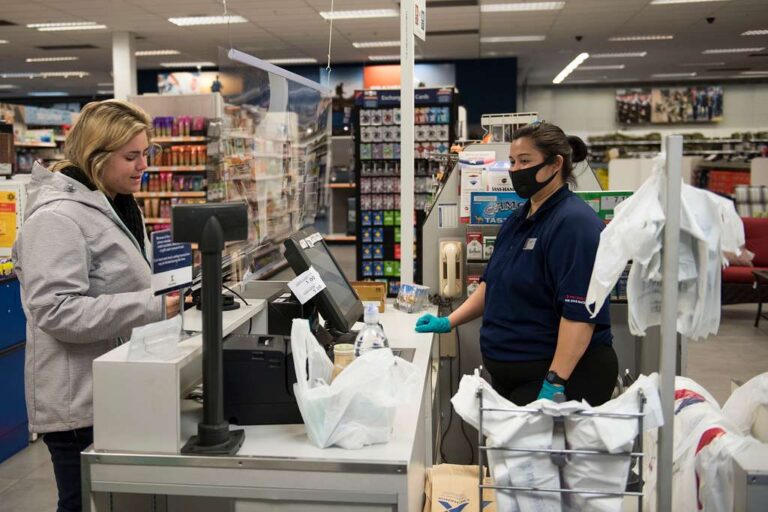Tomorrow the National Labor Relations Board (NLRB) will formally publish a final rule codifying an employer-friendly test for determining whether an employer can escape liability for labor law violations by franchising and contracting out its operations. Under the new standard, a business can only be considered a “joint employer” under the National Labor Relations Act (NLRA) if it exercises “substantial” direct and immediate control over workers’ “essential terms and conditions of employment.” By setting a high bar for “joint employer” status, the rule moves labor law another step backwards in keeping pace with a modern economy permeated by “fissured” workplace structures designed to evade regulation.
The new rule replaces the NLRB’s Obama-era decision in Browning-Ferris from 2015. In that case, the Board introduced two new factors it could consider as part of an inquiry into whether a business is a joint employer. First, it said that it could weigh whether the business exercised indirect control over workers, rather than simply direct control. By allowing for a consideration of indirect control, the Board could target businesses who required contractors and franchisees to not raise pay above a certain level or to use a particular scheduling system, even if those businesses left precise terms and conditions to the direct employer. Second, the Board said it could consider whether the business reserved the right to control, even if the business left that right unexercised.
Under the Board’s new rule, evidence of indirect or reserved control may still be considered as part of the joint employer inquiry, but cannot be an independent basis for a finding of joint employer status. In a press release, the NLRB calls the rule a restoration of the Board’s pre-Browning Ferris standard, “but with the greater precision, clarity, and detail that rulemaking allows.” Indeed, while the rule’s requirements are in line with pre-Browning Ferris precedent, the Board has taken the opportunity to define its terms narrowly. “Substantial” means that the direct and immediate control must have “a regular or continuous consequential effect on an essential term or conditional of employment.” The list of “essential” terms and conditions of employment in the rule is now exhaustive, though it explicitly includes wages, benefits, and hours of work.
The Board previously overruled Browning-Ferris in December 2017 in a case called Hy-Brand, but it was forced to vacate that ruling after the Board’s Inspector General determined that Member William Emanuel should have recused himself from the proceeding because of his former law firm’s involvement in the Browning-Ferris case. In fall 2018, Emanuel was cleared to participate in the rulemaking process that produced the new rule.
The rule’s release is a tremendous blow to employees, who in many cases will lose the ability to negotiate with the businesses who have ultimate power over their work lives. But organized labor will not go down without a fight: legal challenges are almost certain to follow.










Daily News & Commentary
Start your day with our roundup of the latest labor developments. See all
October 29
9th Circuit rejects challenge to NLRB's constitutional structure; preemption challenges to state labor peace statutes
October 28
Two federal unions oppose CBA cancellations, another federal union urges Democrats to end the government shut down, and Paramount plans for mass layoffs
October 27
GM and Rivian announce layoffs; Boeing workers reject contract offer.
October 26
California labor unions back Proposition 50; Harvard University officials challenge a union rally; and workers at Boeing prepare to vote on the company’s fifth contract proposal.
October 24
Amazon Labor Union intervenes in NYS PERB lawsuit; a union engages in shareholder activism; and Meta lays off hundreds of risk auditing workers.
October 23
Ninth Circuit reaffirms Thryv remedies; unions oppose Elon Musk pay package; more federal workers protected from shutdown-related layoffs.